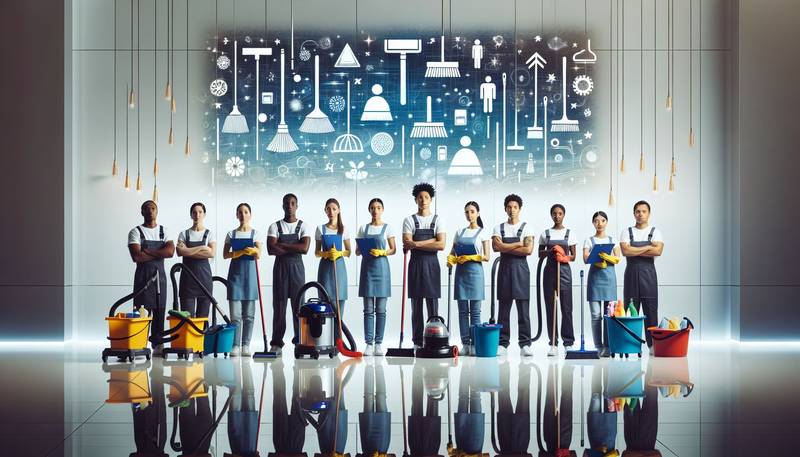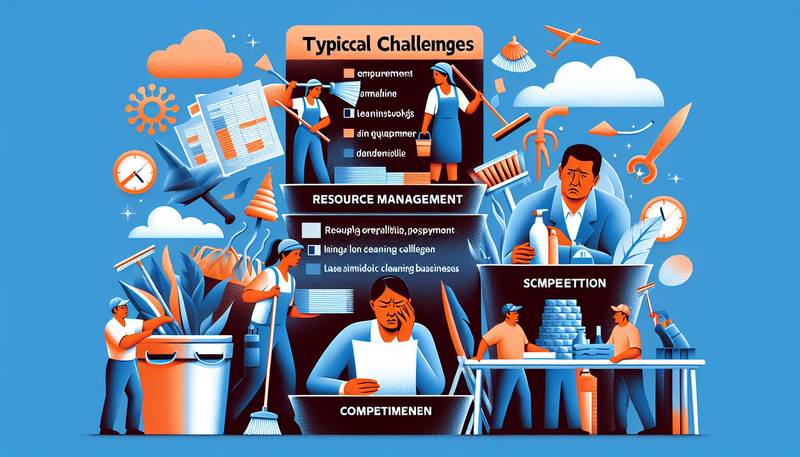Deep Cleaning Techniques for Professional Cleaners
Importance of Deep Cleaning
Deep cleaning goes beyond the regular day-to-day cleaning tasks and involves thorough and meticulous cleaning of all surfaces, including hard-to-reach areas that are often overlooked during routine cleaning. Deep cleaning is important for removing built-up dirt, dust, and grime that can harbor harmful bacteria and allergens and compromise the cleanliness and safety of the space. By incorporating deep cleaning techniques into your cleaning routine, you can ensure that your clients' spaces are not only visibly clean but also hygienic and healthy.
Preparing for Deep Cleaning
Before you begin deep cleaning, it is essential to prepare the space by decluttering and organizing the area. Remove any items that may obstruct your cleaning process and gather all the necessary cleaning supplies and equipment, including disinfectants, scrub brushes, microfiber cloths, and vacuum cleaners. It is also advisable to wear personal protective equipment, such as gloves and masks, to protect yourself from exposure to chemicals and allergens during the cleaning process.
Surface-Specific Cleaning Techniques
Different surfaces require different deep cleaning techniques to ensure effective cleaning without causing damage. For example, when cleaning hard surfaces such as countertops, floors, and walls, use a combination of disinfectants and scrubbing to remove dirt and grime. Avoid using abrasive cleaners on delicate surfaces such as glass and stainless steel to prevent scratching and damage. For carpets and upholstery, use vacuum cleaners equipped with HEPA filters to remove dust and allergens effectively.
Cleaning Hard-to-Reach Areas
Deep cleaning also involves cleaning hard-to-reach areas that are often neglected during regular cleaning. This includes areas such as ceiling fans, light fixtures, vents, and baseboards, which can accumulate dust and dirt over time. Use extendable dusters, microfiber cloths, and brushes to reach and clean these areas effectively. Pay special attention to high-touch surfaces such as doorknobs, light switches, and handrails, which can harbor germs and bacteria.
Deep Cleaning Appliances
Appliances such as refrigerators, ovens, and microwaves also require deep cleaning to remove food residues, grease, and grime that can accumulate over time. Use degreasers, oven cleaners, and baking soda solutions to clean and sanitize these appliances thoroughly. Remove and clean removable parts such as oven racks and refrigerator shelves separately to ensure a comprehensive cleaning process.
Final Inspection and Quality Assurance
After completing the deep cleaning process, perform a final inspection to ensure that all surfaces have been cleaned thoroughly and no areas have been overlooked. Check for any lingering odors, stains, or dirt and address them promptly. Engage your clients in the inspection process to ensure their satisfaction with the cleaning results. Provide recommendations for ongoing maintenance and cleaning to help preserve the cleanliness of the space.
In conclusion, deep cleaning is a vital aspect of professional cleaning services that ensures the cleanliness, hygiene, and safety of the spaces you clean. By following these deep cleaning techniques and incorporating them into your cleaning routine, you can deliver exceptional cleaning results that exceed your clients' expectations and establish a reputation as a reliable and thorough professional cleaner.











